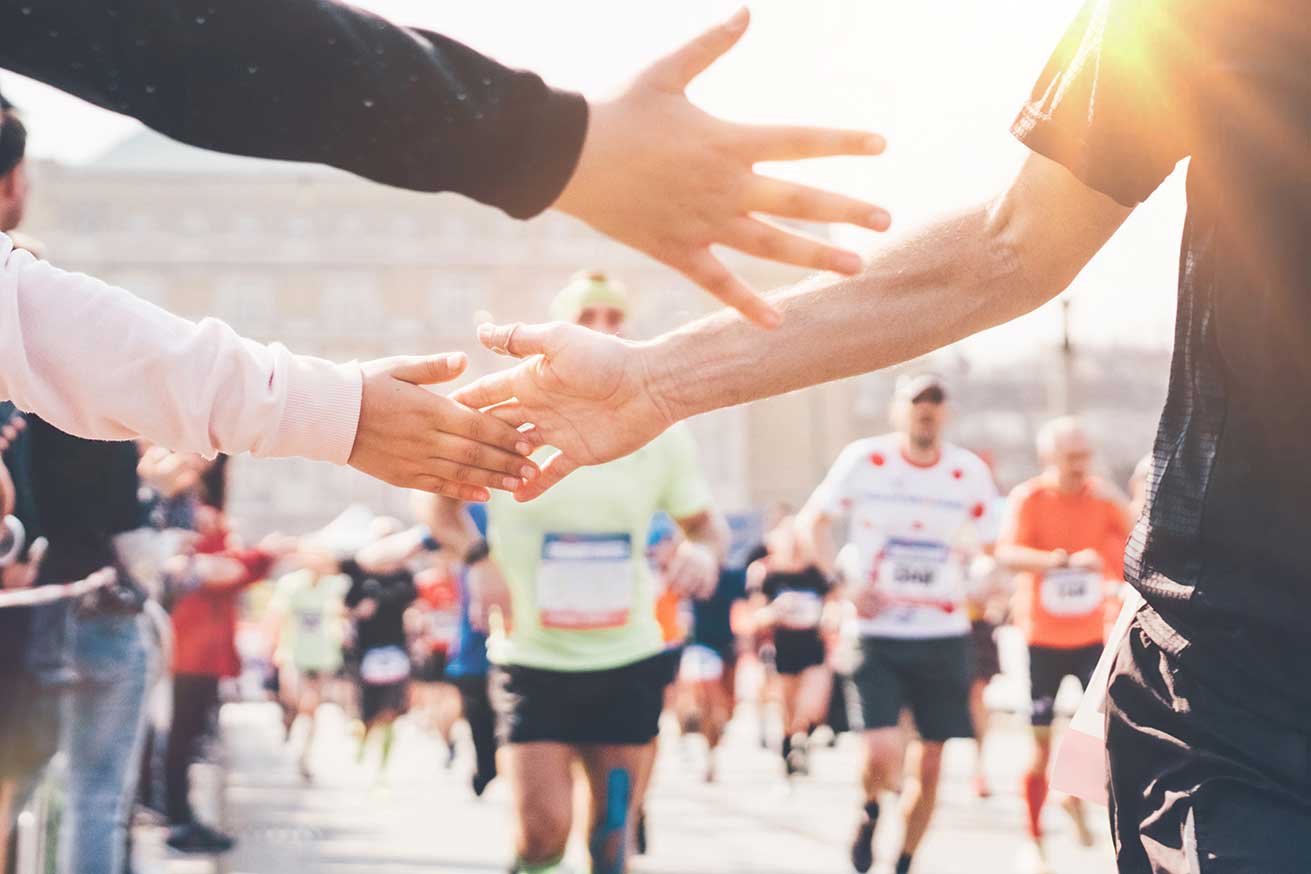
14 Aug Dublin City Marathon 2025: Better Biomechanics For a Better Race
With the Dublin City Marathon fast approaching, people will be training hard and upping their mileage in preparation for the last weekend in October. Unfortunately, what can often come with this increase in load and distance is injury and training setbacks.
It’s no secret that at Functional Patterns we generally don’t advocate for compounding issues in the body and doing more damage, however we have developed the tools to help people understand their biomechanics more, and in turn, reduce their chances of injury when taking on something like a marathon.
Not only this, but improving your running economy can greatly improve running performance even if injury is not present.
Biomechanics Are Key
Biomechanics essentially means the mechanics of how you move. At Functional Patterns Dublin we are a team of Human Biomechanics Specialists, and we use our expertise to teach people how to improve the way they move. This is a huge part of having a healthy body, but not only that, also maximizing performance when it comes to running.
When it comes to running long distances, having good biomechanics becomes even more important. Imagine a bucket with a tiny hole in it. With small amounts of water in the bucket the pressure on the hole may not cause it to get bigger, and only a small amount of water may spill out. Now imagine if the bucket was full to the brim. Over time the larger amount of pressure would gradually cause the hole to get bigger, eventually spilling more of the water from the bucket.
Training load can be looked at similarly. The more load put on the body, the more poor biomechanics become a problem and eventually lead to a breakdown.
How Do We Measure Biomechanics?
This is where things get a little bit tricky. While it’s relatively easy to measure certain things like minute/kilometer pace, or heart rate during running, people generally never actually asses their biomechanics. Arguably the most important metric is rarely looked into much by runners. A simple way to asses this is by videoing your run in slow motion. A postural assessment is also useful as it can show tendencies that can correlate to asymmetries found during running itself. Whether someone plans to run a marathon or not, at Functional Patterns Dublin the first thing we do with everyone is a posture and gait assessment.
How Do We Improve Biomechanics?
It’s simple right? We just strengthen the muscles used in running like our glutes and hamstrings with exercises like squats, glute bridges and banded crab walks? Wrong. In order to truly improve our biomechanics we must take the focus off the muscles for a second. While they are an important part of the equation, it’s more relevant to look at our body in terms of the functions it has to execute well in order to run. This is where our training differs from most conventional methods.
We use the information from our initial assessment to fill in any functional blind spots you may have, and progress from corrective to dynamic exercise that mimic and specifically relate to the movements found in running with great accuracy to make it as easy as possible for your body to be able to integrate what you have done in your training.
Is It Too Late To Make Improvements?
It’s never too late to make changes when it comes to biomechanics. Even a small percentage of improvement could be the difference between pulling up with an injury or not. Injuries aside, improving your running economy can have a massive impact on your time on race day. If you are leaking energy as you move, it takes more energy for your body to maintain a certain pace. Heart rate rises more quickly, and muscles require more energy to function. This poor movement economy can quickly deplete your body and effect your cardiovascular efficiency.
What To Do About it?
Whether heading out this October or not, the best place to start is with a through assessment to see where things are at. With 2 months left before this years marathon there is plenty of time to fine tune and make adjustments. If you have no intention of ever running more than to the end of your driveway an assessment to see how you move is still a wise move. Get in touch with us and get started today.